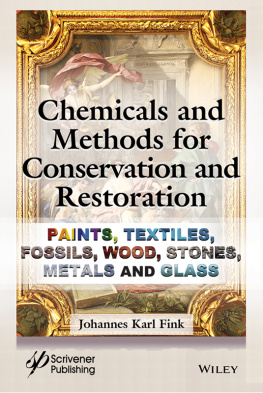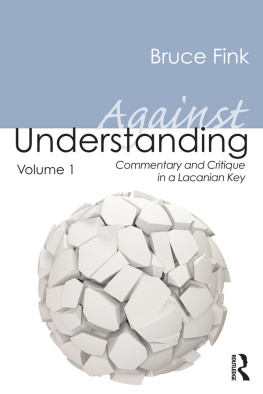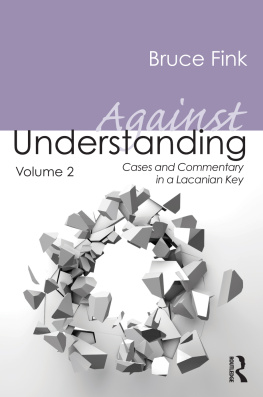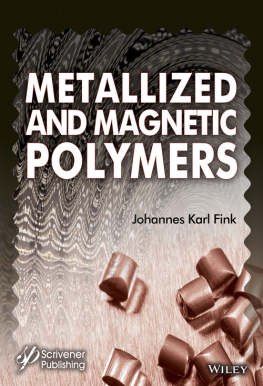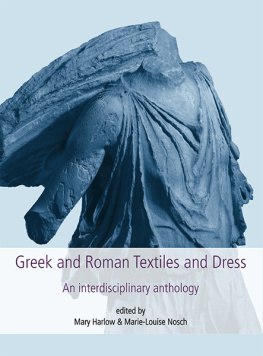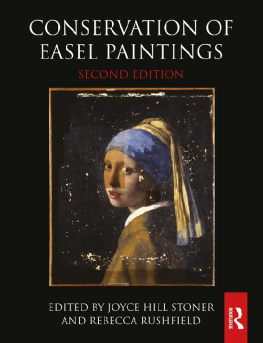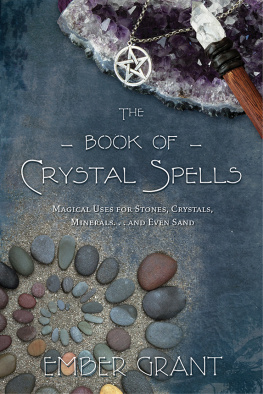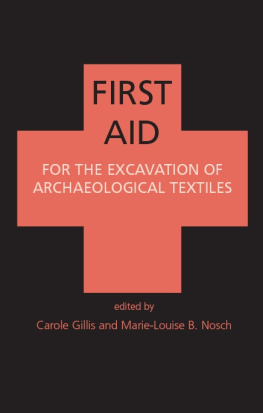
Contents
Guide
List of Illustrations
- Chapter 1
- Chapter 2
- Chapter 3
- Chapter 4
- Chapter 5
- Chapter 6
- Chapter 7
List of Tables
- Chapter 2
- Chapter 2
- Chapter 3
- Chapter 4
- Chapter 5
- Chapter 6
- Chapter 7
Pages
Scrivener Publishing
100 Cummings Center, Suite 541J
Beverly, MA 01915-6106
Publishers at Scrivener
Martin Scrivener ()
Phillip Carmical ()
Chemicals and Methods for Conservation and Restoration
Paintings, Textiles, Fossils, Wood, Stones, Metals, and Glass
Johannes Karl Fink
This edition first published 2017 by John Wiley & Sons, Inc., 111 River Street, Hoboken, NJ 07030, USA and Scrivener Publishing LLC, 100 Cummings Center, Suite 541J, Beverly, MA 01915, USA 2017 Scrivener Publishing LLC
For more information about Scrivener publications please visit www.scrivenerpublishing.com.
All rights reserved No part of this publication may be reproduced, stored in a retrieval system, or transmitted, in any form or by any means, electronic, mechanical, photocopying, recording, or otherwise, except as permitted by law Advice on how to obtain permission to reuse material from this title is available at http://www.wiley.com/go/permissions.
Wiley Global Headquarters
111 River Street, Hoboken, NJ 07030, USA
For details of our global editorial offices, customer services, and more information about Wiley products visit us at www.wiley.com.
Limit of Liability/Disclaimer of Warranty
While the publisher and authors have used their best efforts in preparing this work, they make no representations or warranties with respect to the accuracy or completeness of the contents of this work and specifically disclaim all warranties, including without limitation any implied warranties of merchantability or fitness for a particular purpose No warranty may be created or extended by sales representatives, written sales materials, or promotional statements for this work The fact that an organization, website, or product is referred to in this work as a citation and/or potential source of further information does not mean that the publisher and authors endorse the information or services the organization, website, or product may provide or recommendations it may make This work is sold with the understanding that the publisher is not engaged in rendering professional services The advice and strategies contained herein may not be suitable for your situation You should consult with a specialist where appropriate Neither the publisher nor authors shall be liable for any loss of profit or any other commercial damages, including but not limited to special, incidental, consequential, or other damages Further, readers should be aware that websites listed in this work may have changed or disappeared between when this work was written and when it is read.
Library of Congress Cataloging-in-Publication Data
ISBN 978-1-119-41824-5
Preface
This book focuses on the chemicals used for conservation and restoration of various artefacts in artwork and archaeology, as well as special applications of these materials
Also the methods used, both methods for cleaning, conservation and restoration, as well as methods for the analysis of the state of the respective artifacts
The special issues covered concern:
- Oil paintings,
- Paper conservation,
- Textiles and dyes for them,
- Archaeological wood,
- Fossiles,
- Stones,
- Metals and metallic coins, and
- Glasses, including church windows.
The text focuses on the basic issues and also the literature of the past decade Beyond education, this book may serve the needs of conservators and specialists who have only a passing knowledge of these issues, but need to know more.
How to Use this Book
Utmost care has been taken to present reliable data Because of the vast variety of material presented here, however, the text cannot be complete in all aspects, and it is recommended that the reader study the original literature for more complete information.
Index
There are three indices: an index of acronyms, an index of chemicals, and a general index In the index of chemicals, compounds that occur extensively, e. g., acetone, are not included at every occurrence, but rather when they appear in an important context When a compound is found in a figure, the entry is marked in boldface letters in the chemical index.
Acknowledgements
I am indebted to our university librarians, Dr Christian Hasenhttl, Dr. Johann Delanoy, Franz Jurek, Margit Keshmiri, Dolores Knabl, Friedrich Scheer, Christian Slamenik, Renate Tschabuschnig, and Elisabeth Gro for their support in literature acquisition In addition, many thanks to the head of my department, Professor Wolfgang Kern, for his interest and permission to prepare this text
I also want to express my gratitude to all the scientists who have carefully published their results concerning the topics dealt with herein This book could not have been otherwise compiled In particular, I would like to thank Dr Virg M Zsuzsanna for the provision of interesting details, which were very helpful for the preparation of this book
Last, but not least, I want to thank the publisher, Martin Scrivener, for his abiding interest and help in the preparation of the text In addition, my thanks go to Jean Markovic, who made the final copyedit with utmost care.
Johannes Fink
Leoben, 14th April 2017
Chapter 1
Paintings
1.1 Cleaning
Historically, artists have protected oil painting surfaces with varnish. This is a system that allows the varnish to be brushed clean or even washed relatively frequently to remove accumulated surface dirt without exposing the paint to risk (1).
Unfortunately, mastic or other traditional soft-resin varnishes do not last indefinitely. After a few decades the varnish becomes yellow and brittle, losing transparency, and the cleaning process is transformed into the more challenging problem of removing the degraded varnish directly from the painting surface.
Even when new, a varnish may change the appearance of a painting. The varnish increases the transparency of any partly coated pigments or low refractive index medium, and also it imparts a new surface, which is frequently glossy. Mostly, artists have accepted such immediate changes in appearance for the future benefits of protection from dirt and from the risks of dirt removal.
By the eighteenth and nineteenth centuries, when state academies controlled much professional painting practice, the need for a varnish became important.
The concept of finish embodied many notions and became an unwritten contract of quality and reliability between academician and purchaser of art. It seems likely therefore that professional artists and their clients or patrons have always considered the application of varnish as a necessity of permanence and that artists have chosen to exploit its properties for both visual and practical benefit.
Many artists, through ignorance or untidy practice, continued painting up to exhibition deadlines and then immediately brushed varnish onto undried paint. A soft-resin varnish, such as mastic, was mixed into a paint to improve the short-term handling properties. Painting was even continued after varnishing. Adding a soft natural resin to oil paint remained popular into the middle of the 20th century (2).
Next page
